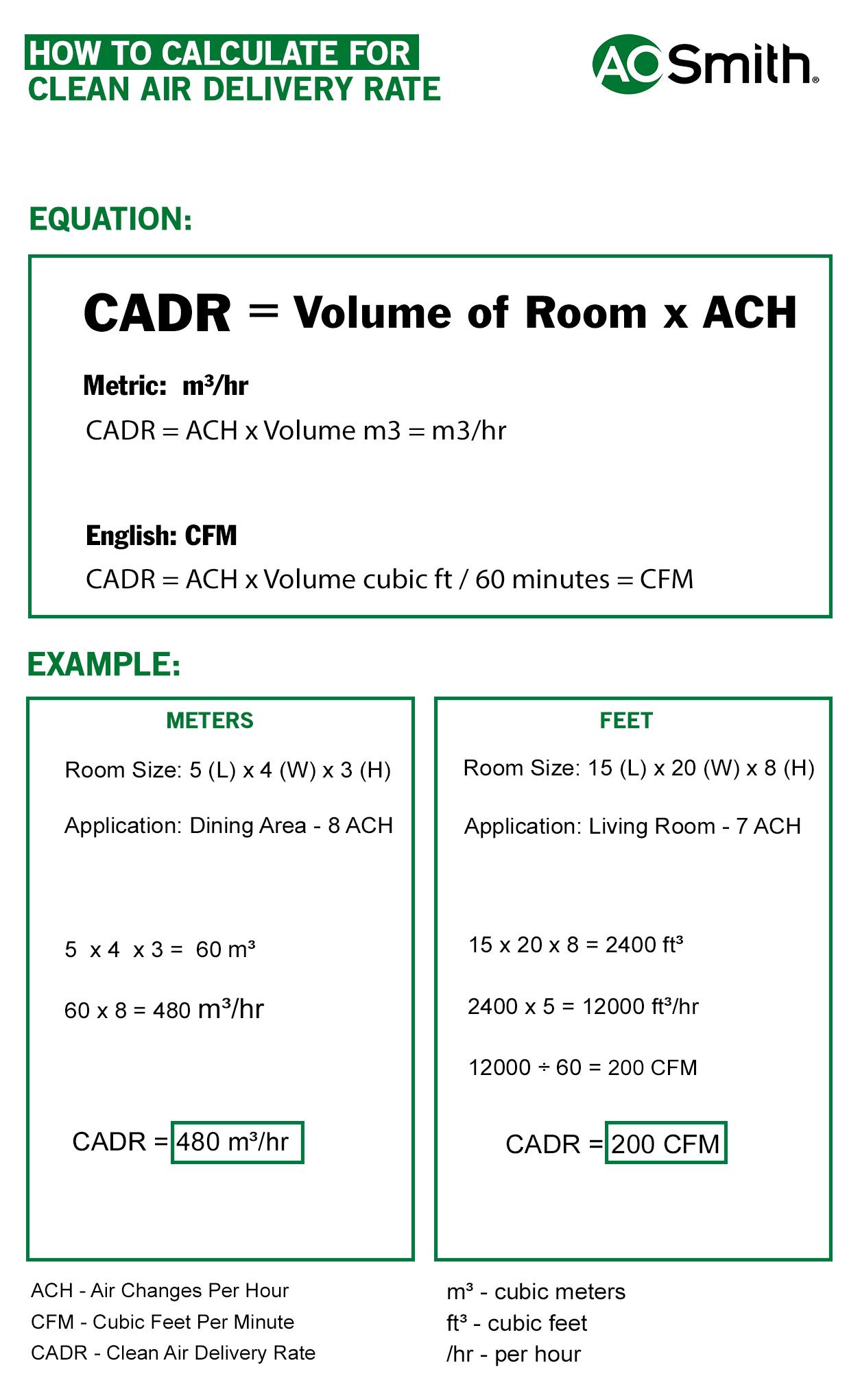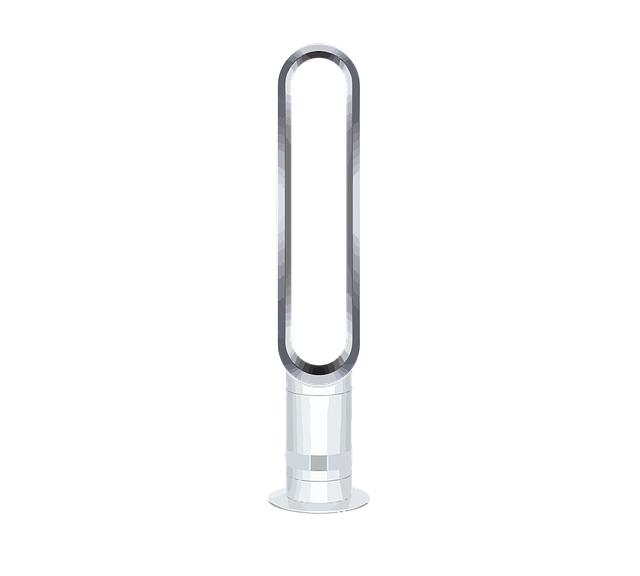In an era where clean air has become a precious commodity, the quest for effective air purifiers has intensified. With countless options flooding the market, discerning which devices truly deliver on their promises can be a daunting task. Enter the Clean Air Delivery Rate (CADR) – a crucial metric that reveals how quickly and efficiently an air purifier can clear the air of pollutants. In this comprehensive showdown, we’ll delve into the performance of various models, comparing their CADR ratings and uncovering which ones rise above the rest in delivering quick, fresh air. Join us as we navigate the landscape of air purification technology, empowering you to make informed choices for your health and well-being. Whether you’re battling allergens, smoke, or dust, we’ve got the insights you need to breathe easy.
Understanding CADR and Its Role in Purifier Performance
When evaluating air purifiers, one of the most significant metrics to consider is the Clean Air Delivery Rate (CADR). This measurement indicates how effectively a purifier can remove specific particles from the air, such as dust, smoke, and pollen. A higher CADR rating means the purifier can deliver cleaner air more quickly, making it an essential factor for those looking to improve indoor air quality. Understanding the nuances of CADR ratings can help you choose the right product for your environment, ensuring that the air purifier is not only capable but efficient in its delivery of clean air.
Different types of air pollutants are measured separately in CADR ratings, allowing consumers to pinpoint which purifiers are best suited for their needs. In general, you can find values for various pollutants listed as follows:
- Dust CADR: Measures the removal efficiency for dust particles.
- Smoke CADR: Indicates how well the purifier can eliminate smoke particles, which are often the smallest and most challenging to filter.
- Pollen CADR: Assesses the effectiveness against larger particles like pollen grains.
This segmentation helps buyers make informed decisions based on the predominant pollutants in their living spaces, leading to a more tailored air purification choice.

Comparative Analysis of Leading Air Purifier Models
In the rapidly evolving landscape of air purification, understanding the Clean Air Delivery Rate (CADR) is crucial for consumers seeking the most effective models. Leading brands such as Dyson, Honeywell, and Blueair offer differing CADR ratings for smoke, dust, and pollen, influencing their efficacy in various environments. For example, Dyson’s cutting-edge filtration technology boasts impressive ratings in smoke filtration, while Honeywell’s robust models excel in larger spaces due to their high CADR for dust, making them ideal for homes with pets or heavy foot traffic.
The comparative performance of these air purifiers can be illustrated through a concise table summarizing each model’s key features and CADR ratings. Evaluating these parameters can help potential buyers make informed decisions, ensuring they select an air purifier that meets their specific needs. Consider the following comparison:
| Brand | Model | Smoke CADR | Dust CADR | Pollen CADR |
|---|---|---|---|---|
| Dyson | HP04 | 250 | 200 | 230 |
| Honeywell | HPA300 | 300 | 320 | 300 |
| Blueair | Blue Pure 211+ | 200 | 210 | 200 |

Key Features That Enhance Air Purification Efficiency
When evaluating air purifiers, certain features play a pivotal role in enhancing air purification efficiency. High-efficiency particulate air (HEPA) filters are a cornerstone of effective filtration, capable of capturing up to 99.97% of particles as small as 0.3 microns. These robust filters ensure that even the tiniest allergens are eradicated from your indoor space. In addition, activated carbon filters are crucial for absorbing odors and volatile organic compounds (VOCs), ensuring the air remains fresh and free from harmful pollutants. Combined, these filters work synergistically, maximizing the overall performance of the purification system.
Another significant factor contributing to effective air purification is the Clean Air Delivery Rate (CADR), which measures the volumetric flow of clean air produced by the purifier. A higher CADR indicates a more efficient unit. Furthermore, features such as multiple fan speeds, which allow users to adjust the settings based on their specific needs, greatly enhance the user experience. Lastly, smart technology integration, including air quality sensors and app connectivity, provides real-time feedback and automation, ensuring optimal air quality is consistently maintained without constant manual adjustments.

Expert Recommendations for Optimal Air Quality Solutions
When selecting an air purifier, it’s essential to consider expert insights to ensure you’re making a smart investment for your indoor air quality. Top professionals suggest looking for units with high Clean Air Delivery Rate (CADR) ratings, which indicate how quickly the purifier can remove pollutants from the air. The ideal choices are those with a CADR score of at least 300 for medium to large rooms, as they efficiently filter out dust, pollen, and smoke. Additionally, experts recommend checking the type of filters used—HEPA filters are favored for their ability to trap up to 99.97% of particles as small as 0.3 microns, ensuring a cleaner breathing environment.
Furthermore, it’s crucial to consider additional features that enhance air purification effectiveness. Smart sensors, auto mode, and Wi-Fi compatibility can significantly improve user experience and performance. Many leading brands now incorporate these technologies to adjust operation based on current air quality conditions. Below is a comparison of some top-performing air purifiers based on CADR ratings and features:
| Purifier Model | CADR Rating (cfm) | Filter Type | Smart Features |
|---|---|---|---|
| Model A | 350 | HEPA | Auto Mode, Wi-Fi |
| Model B | 300 | HEPA + Activated Carbon | Smart Sensors |
| Model C | 400 | HEPA | App Control |
In Conclusion
As we conclude our CADR Showdown, it’s clear that the race to deliver cleaner air is not solely about claims, but performance backed by measurable results. Each air purifier showcased demonstrates a unique blend of technology and efficiency, catering to diverse needs and environments. Whether you prioritize rapid purification in a bustling home or seek a calming oasis in a smaller space, understanding the Clean Air Delivery Rate empowers you to make informed choices.
It’s essential to remember that a cleaner indoor atmosphere goes beyond just machinery – it’s about fostering well-being and comfort in our personal spaces. So, as you contemplate your next air purifier purchase, reflect on what features resonate with your lifestyle and health priorities. The quest for cleaner air is ongoing, but armed with the insights from our CADR Showdown, you’re now better equipped to breathe easier. After all, in the battle against airborne pollutants, every moment counts.




